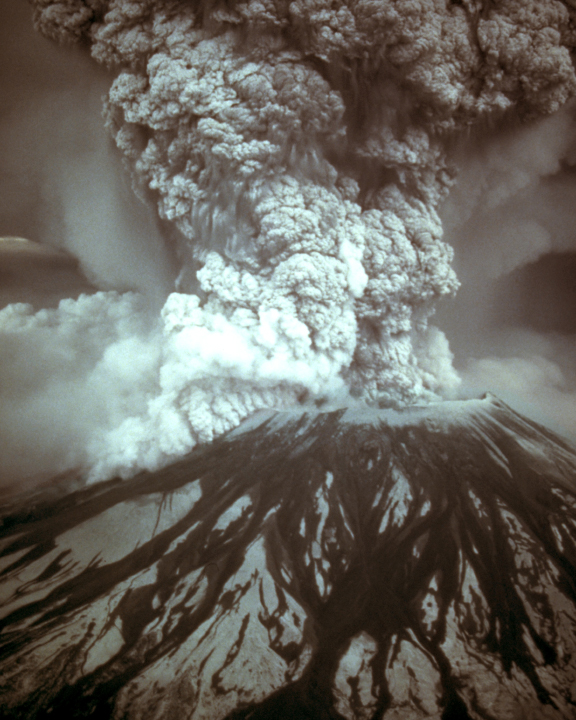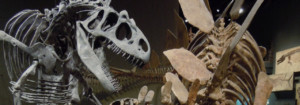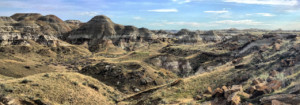
Earth science is the study of the physical structure of our planet and its related systems . . .
As a branch of science, earth science includes such diverse fields as geography, geology, hydrology, and the atmospheric sciences. Also included is the study of earth history, an area of research that seeks to understand the forces, principles, and events that have shaped the Earth as we know it today.
For centuries, the principles behind the physical features of our planet remained a mystery. With only modern processes to look to, it was thought that many eons must have passed in order to form our modern geological features. In 1980, however, Mount St. Helens erupted and the ensuing natural disasters demonstrated that many of these features could form catastrophically in only hours or days.
Mount St. Helens has been called "the Rosetta Stone of geology," due to the insight it has given us into the role of catastrophe in earth history. As such, this volcano and its historic eruption serve as our icon for earth science.

Earth Science Articles
Dinosaurs and the Bible: Should Christians Worry?
Dinosaurs have captivated the world for over a hundred years, fascinating both young and old alike. Gazing upon their bones, many find themselves transported to a wonderful, exotic world far different from our own – a world where, for one brief moment, the reality of science and the excitement of fantasy coexist. For some, however, the feelings…
Was There Rain Before the Flood?
In the second chapter of Genesis, the Bible gives the following description of the pre-Flood world: “. . . no bush of the field was yet in the land and no small plant of the field had yet sprung up—for the Lord God had not caused it to rain on the land, and there was no man to work the ground . . .
Behind the Scenes: Preparing Fossils at the Royal Tyrrell Museum
What happens to fossils after they’ve been taken from the ground? Believe it or not, most fossils arrive at museums with much of the ground still attached. Removing this extra material is the job of lab technicians within the museum preparation labs. Fossils are usually quite delicate when found in the field, meaning that paleontologists…
Tiktaalik – “Darwin’s Fish” At Last?
It is morning. Calm silence hangs over the fringes of an antediluvian coal swamp. Thin curtains of fog rise from the stagnant waters as the first beams of sunlight trickle in over the tops of the forest beyond. There, the swamp becomes an impenetrable jungle of fronds and massive, tree-like lycopods. Here, it is but…
Armored Dinosaur Smashes Evolutionary Assumptions
On March 21, 2011, Shawn Funk, a heavy-equipment operator for the Millennium Mine in Alberta, Canada, discovered something special. Although unearthing fossils is hardly rare in mining operations, the oddly colored rows of bony plates peeking out from the bedrock suggested that this was something much more than just another petrified stump. After six years…
Welcome to Dinosaur Provincial Park
About 30 minutes from the city of Brooks, in Southern Alberta, lies one of the riches deposits of dinosaur fossils in the world. These fossils, many of them articulated skeletons, come from an astonishing diversity of groups, including tyrannosaurs, ceratopsians, hadrosaurs, and troodontids. This is Dinosaur Provincial Park. Encompassing over 28 square miles of badlands,…






